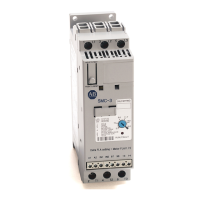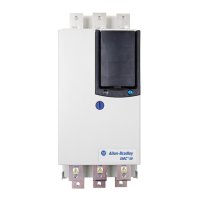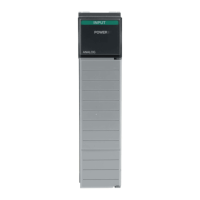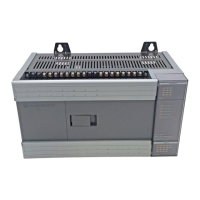96 Rockwell Automation Publication MOTION-RM002H-EN-P-February 2018
Active Homing
When the axis Homing Mode is configured as Active, the physical axis is first
activated for servo operation. As part of this process, all other motion in process is
canceled and appropriate status bits are cleared. The axis is then homed using the
configured Home Sequence, which may be Immediate, Switch, Marker, or
Switch-Marker. The latter three Home Sequences result in the axis being jogged in
the configured Home Direction and then, after the position is re-defined based on
detection of the home event, the axis is automatically moved to the configured
Home Position.
Passive Homing
When the axis Homing Mode is configured as Passive, the MAH instruction
re-defines the actual position of a physical axis on the next occurrence of the
encoder marker. Passive homing is most commonly used to calibrate Feedback
Only axes to their markers, but can also be used on Servo axes. Passive homing is
identical to active homing to an encoder marker, except that the motion controller
does not command any axis motion.
After initiating passive homing, the axis must be moved past the encoder marker
for the homing sequence to complete properly. For closed-loop Servo axes, this
may be accomplished with a MAM or MAJ instruction. For physical Feedback
Only axes, motion cannot be commanded directly by the motion controller, and
must be accomplished via other means.
Absolute Homing
If the motion axis hardware supports an absolute feedback device, Absolute
Homing Mode may be used. The only valid Home Sequence for an absolute
Homing Mode is "immediate". In this case, the absolute homing process
establishes the true absolute position of the axis by applying the configured Home
Position to the reported position of the absolute feedback device. Prior to
execution of the absolute homing process via the MAH instruction, the axis must
be in the Axis Ready state with the servo loop disabled.
To successfully execute a MAH instruction on an axis configured for Active
homing mode, the targeted axis must be configured as a Servo Axis Type. To
successfully execute an MAH instruction, the targeted axis must be configured as
either a Servo or Feedback Only axis. If any of these conditions are not met, the
instruction errors.
Important: The instruction execution may take multiple scans to execute because it requires multiple coarse updates to
complete the request. The Done (.DN) bit is not set immediately, but only after the request is completed.
In this transitional instruction, the relay ladder, toggle the Rung-condition-in
from cleared to set each time the instruction should execute.

